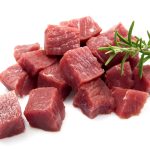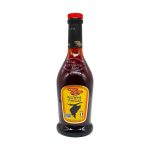Red wine, a symbol of sophistication and pleasure, offers a complex world full of history, variety, and health benefits. This comprehensive guide will explore the intricacies of red wine, including its production, varieties, health benefits, pairing with food, storage, and serving guidelines. Whether you are a novice enthusiast or a seasoned connoisseur, understanding these facets can significantly enhance your appreciation of red wine.
Understanding Red Wine Production
From Vineyard to Bottle
The journey of red wine begins in the vineyard, where grape varieties specific to red wine, such as Cabernet Sauvignon, Merlot, and Pinot Noir, are cultivated. The climate, soil type, and grape variety play pivotal roles in defining the wine’s character. After harvesting, the grapes undergo fermentation, where yeast converts the sugars in the grapes into alcohol and carbon dioxide. Crucially, red wine gets its color and distinctive tannins from extended contact with the grape skins during this process. This interaction, along with aging in oak barrels, imparts depth, complexity, and a wide range of flavors to the wine.
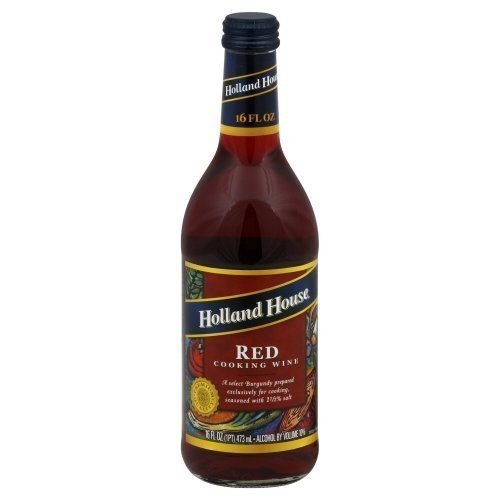
Regional Varieties and Their Significance
Globally, regions such as Bordeaux in France, Tuscany in Italy, and Napa Valley in the United States are celebrated for their exceptional red wines. Each region’s terroir—the unique combination of soil, climate, and topography—affects the grape varieties grown and the resultant wine profiles. For instance, Bordeaux is renowned for its robust Cabernet Sauvignon and Merlot blends, while Tuscany is the heartland of Sangiovese, producing the famed Chianti. Understanding these regional nuances offers insights into the diverse spectrum of red wines available, allowing enthusiasts to explore and appreciate the distinct characteristics shaped by geography.
The Art of Winemaking
Wine making is both an art and a science, where winemakers’ decisions critically influence the final product. Factors such as the duration of skin contact, fermentation temperature, and aging process (whether in stainless steel or oak barrels) determine the wine’s color, texture, and flavor profile. Innovations and traditions intersect in winemaking, with some producers experimenting with unconventional methods to create unique wines. This section reveals the meticulous craft behind producing a bottle of red wine, highlighting the expertise and creativity winemakers bring to the table.

Health Benefits and Precautions
Cardiovascular Health and Antioxidants
Moderate consumption of red wine is often associated with cardiovascular benefits, attributed to antioxidants like resveratrol found in grape skins. Resveratrol has been linked to reducing the risk of heart disease by increasing levels of “good” HDL cholesterol and protecting against artery damage. This information opens a discourse on how red wine, when enjoyed responsibly, can be part of a heart-healthy diet.
Limitations and Risks
While red wine has potential health advantages, it’s crucial to practice moderation. Overconsumption can lead to negative health effects, including an increased risk of liver disease, certain cancers, and addiction. This section provides a balanced view, advising readers on safe consumption levels and highlighting the importance of individual health considerations when incorporating red wine into their lifestyle.
The Impact of Red Wine on Mental Health
Emerging research suggests that moderate red wine consumption may also offer mental health benefits. Such as stress reduction and a lower risk of depression. However, the relationship between alcohol and mental health is complex. This segment explores current findings, emphasizing moderation and the need for further research.
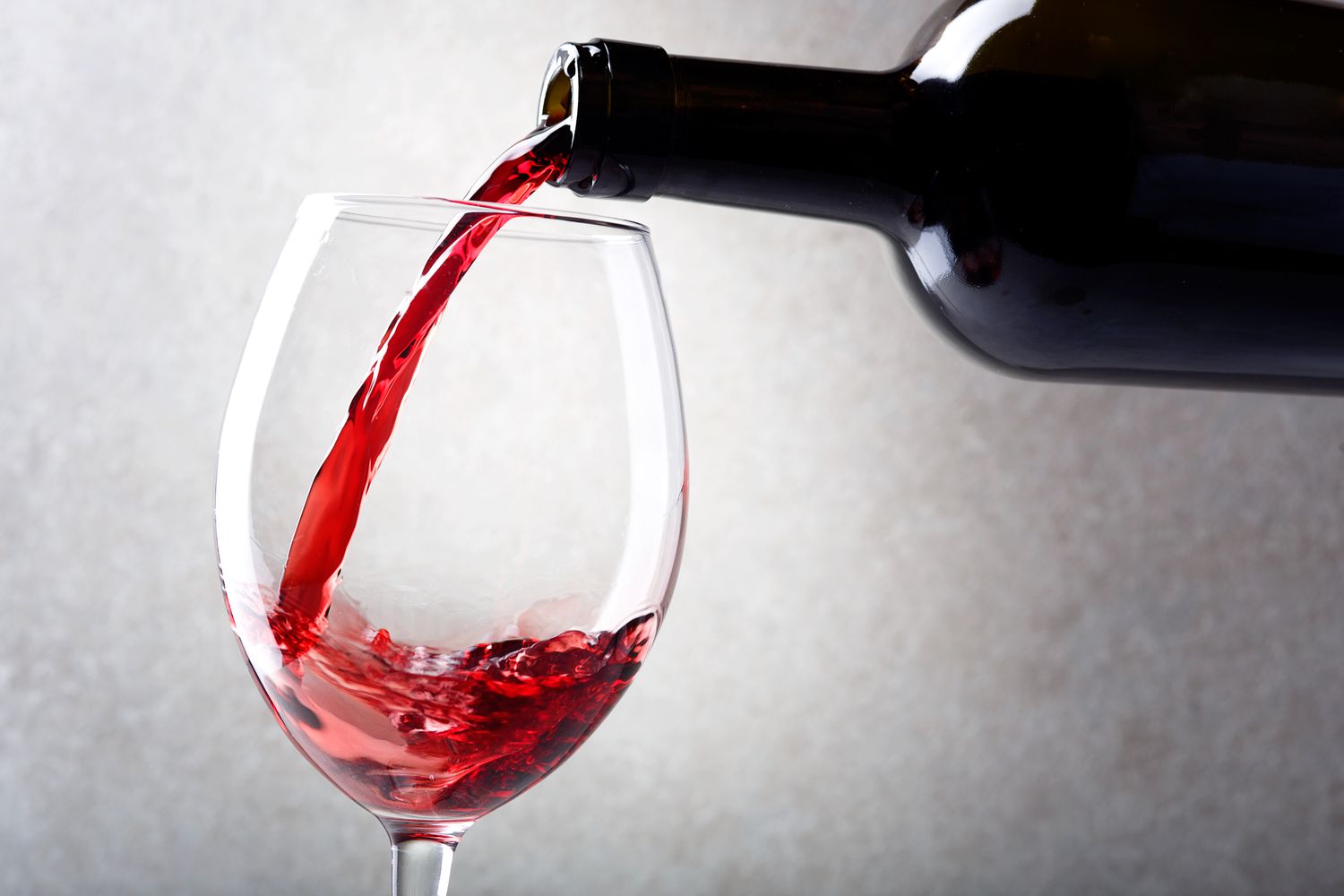
Culinary Combinations: Pairing Food with Red Wine
Classic Pairings and Why They Work
Pairing food with red wine is an art that enhances dining experiences, creating a harmony of flavors. Classic combinations, like a full-bodied Cabernet Sauvignon with a rich steak or a lighter Pinot Noir with roasted chicken, demonstrate how wine can complement or contrast food flavors. This section delves into the principles of wine pairing, offering readers practical tips for matching red wine with various dishes.
Creative Pairings Beyond the Traditional
Beyond classic pairings, there’s a world of innovative combinations to explore. This segment encourages thinking outside the box, pairing red wine with unconventional dishes to elevate the culinary experience. Suggestions include matching spicy foods with fruit-forward red wines or enjoying aged red wines with rich, umami-flavored dishes.
Desserts and Red Wine: A Sweet Conclusion
Red wine isn’t just for savory dishes; certain varieties beautifully complement desserts. Sweet and fortified red wines, like Port, can pair exquisitely with chocolate-based desserts, while lighter, sweeter reds may accompany fruit dishes perfectly. This section guides readers through selecting red wines for dessert, ensuring a sweet and harmonious end to a meal.
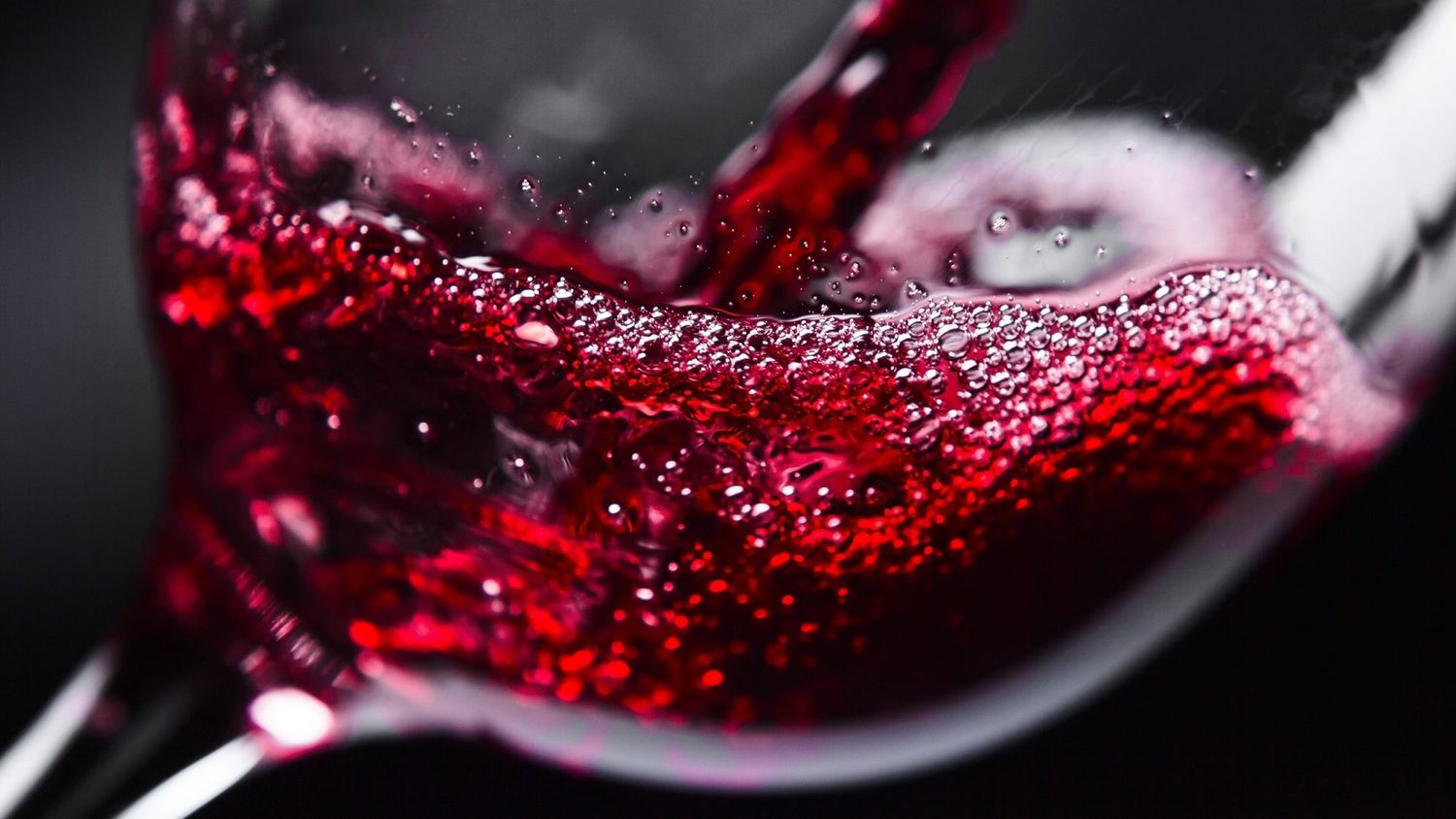
Storing and Serving Red Wine for Optimal Enjoyment
Ideal Storage Conditions to Preserve Quality
Preserving the quality of wine requires understanding the nuances of proper storage. Factors such as temperature, humidity, light exposure, and bottle positioning play critical roles in maintaining a wine’s integrity. Ideally, red wines should be stored in a cool, dark place with a consistent temperature around 55°F (13°C). Humidity levels should be controlled to prevent corks from drying out, and bottles stored horizontally to keep the cork in contact with the wine, ensuring its seal remains intact. This section elaborates on creating the perfect environment for aging wines. Emphasizing how proper storage can enhance the wine’s complexity and character over time.
The Art of Decanting and Serving Temperature
Serving wine at the right temperature and with adequate aeration can significantly impact its taste and aroma. Decanting, the act of pouring wine from its bottle into a decanter before serving, is not just a ceremonial gesture but a practical way to introduce oxygen, which helps open up a wine’s flavors and softens its tannin’s. The appropriate serving temperature varies among red wines: fuller-bodied wines generally fare better slightly warmer than medium-bodied or light-bodied wines, which are more refreshing when served cooler. This segment offers detailed guidance on decanting processes and pinpointing the perfect serving temperatures, tailored to different styles of red wine.
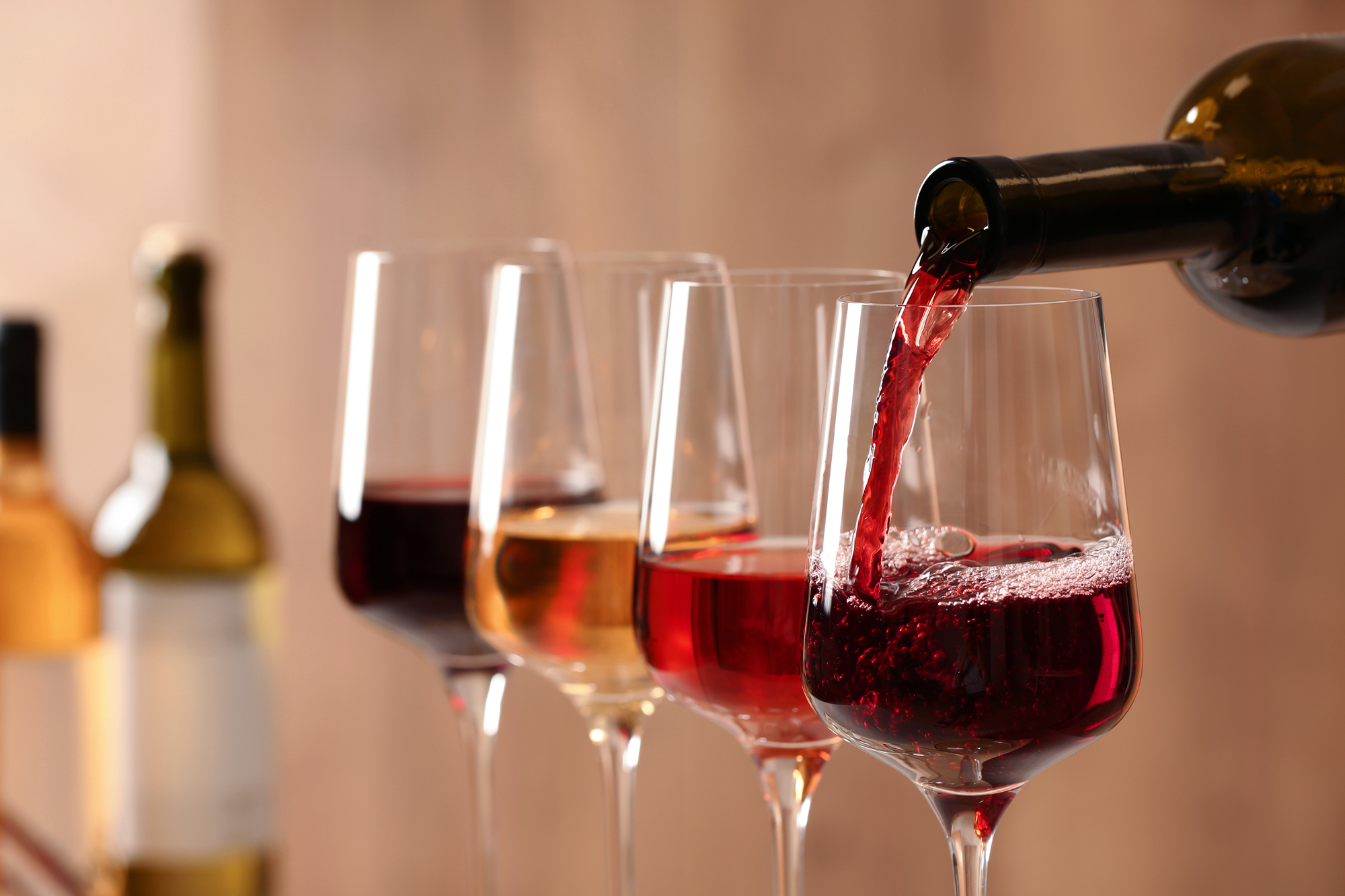
Essential Tools for Every Wine Enthusiast
Enjoying red wine goes beyond the bottle and the glass—it’s also about having the right tools for the task. From corkscrews and decanters to proper wine glasses, the right equipment enhances the wine-drinking experience. Each tool has its function, whether it’s smoothly opening a bottle, aerating the wine. Or directing it onto the right area of the tongue for maximum flavor perception. This section introduces the must-have instruments for any wine lover’s collection, offering advice on selection and use to elevate every wine occasion.

